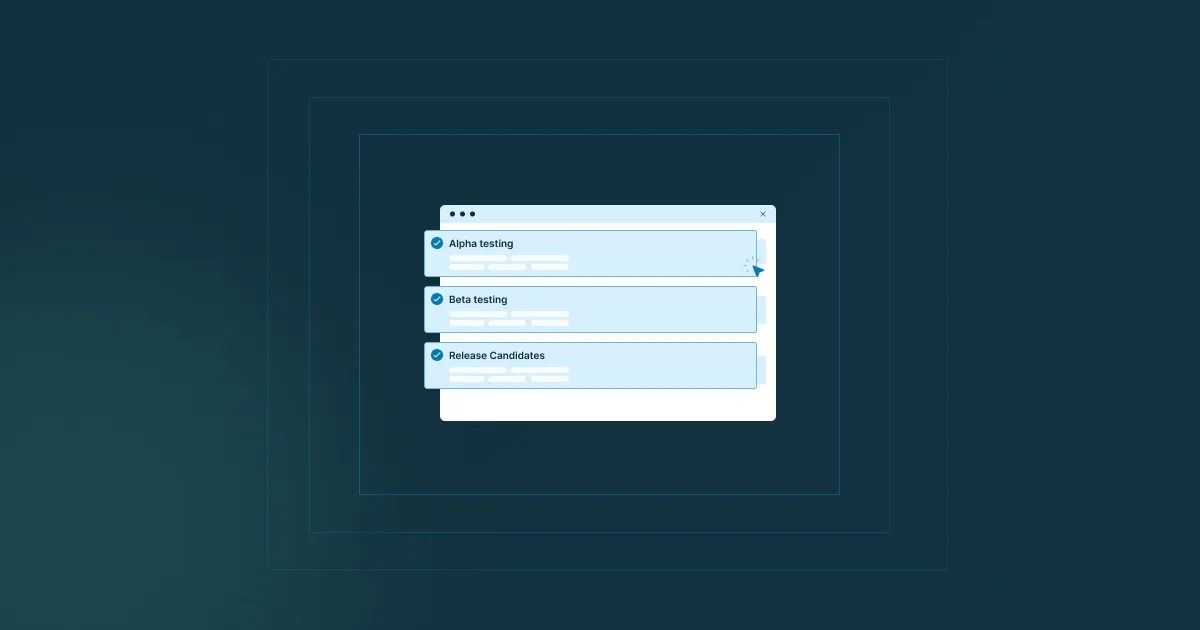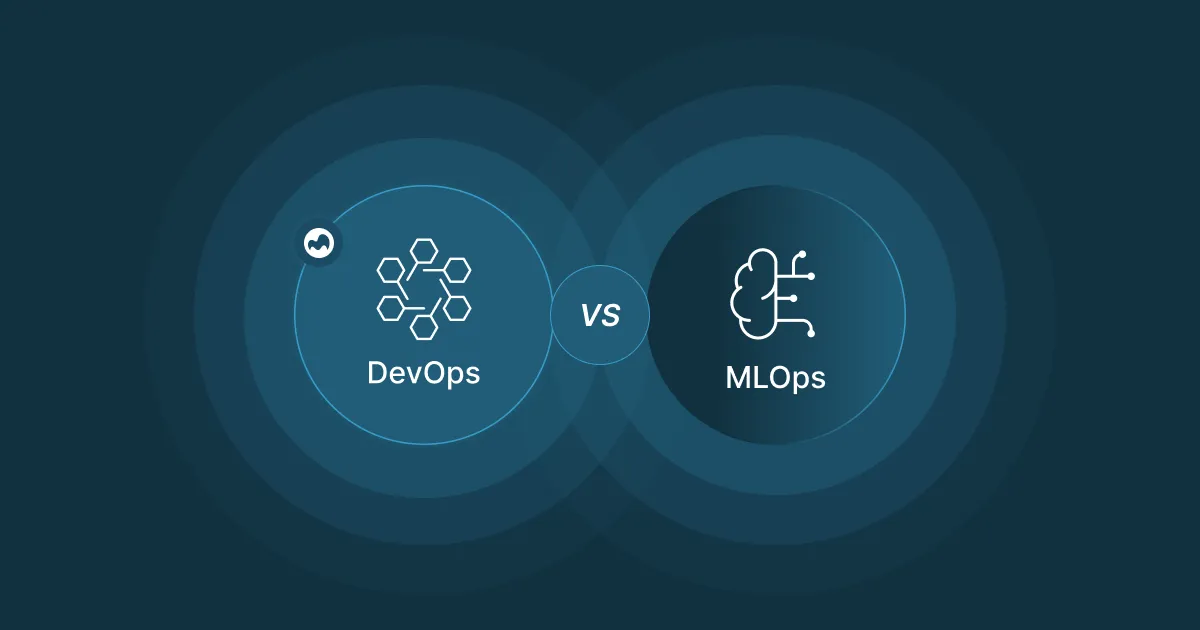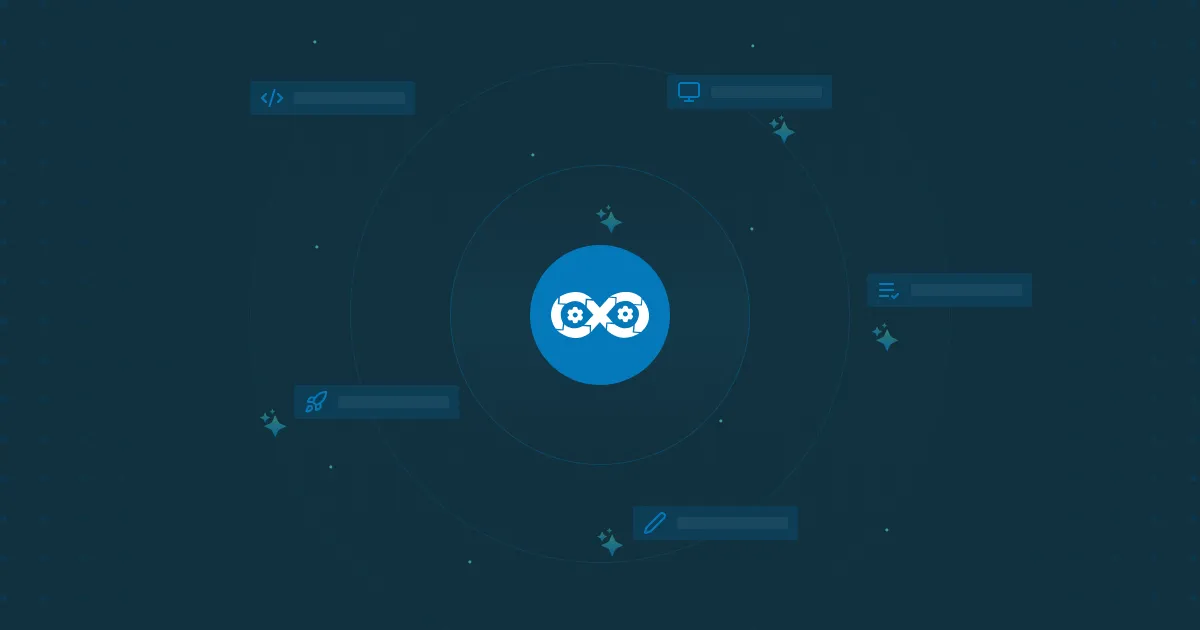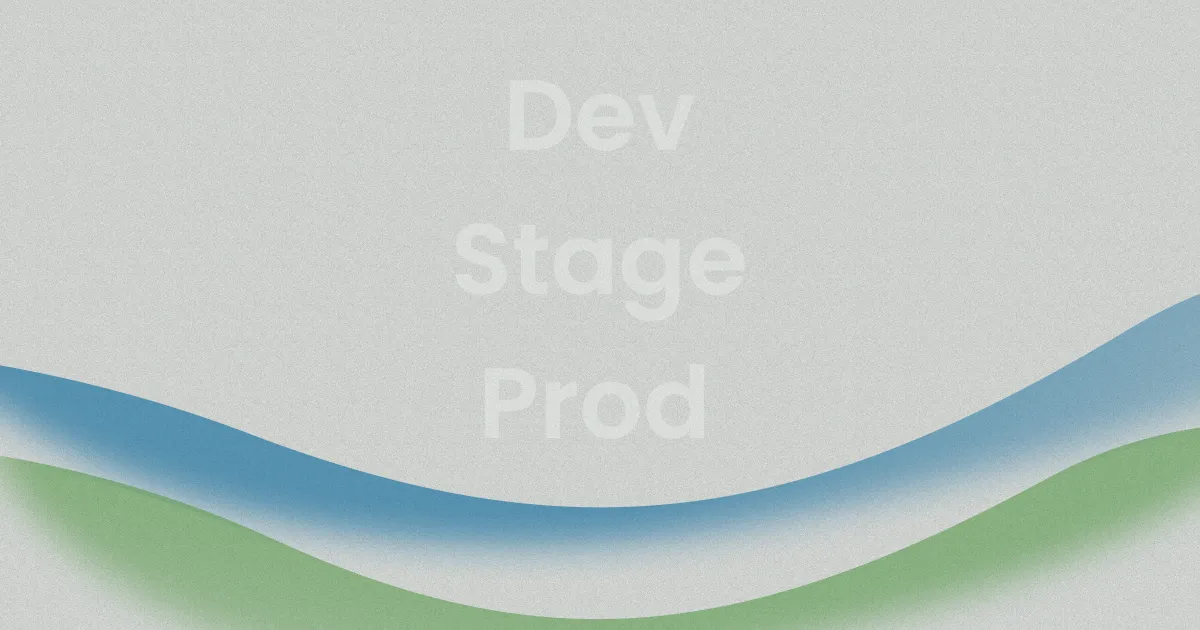Software Release Stages: Main Phases

Businesses must offer high-quality software. Understanding of the most recent SDLC approaches is a useful tool for developers and project managers. It gives you the ability to speed up the development process, reduce expenses, utilize your team's full creative potential, and more.
Because implementing changes in software development requires a deep understanding of the various stages, special attention is needed for each of the seven SDLC phases. So, what exactly is a software release, and why is it so important?
What is SDLC?
SDLC stands for Software Development Life Cycle. It is a systematic software development process that ensures the quality of the software. The SDLC process aims to produce high-quality software that meets customer expectations.
System development should be finished on schedule and within budget. SDLC consists of a detailed plan that explains how to plan, build, and maintain a specific software. Each life cycle phase has its own process and results that feed into the next phase.
The Importance of the Software Release Phase
Understanding software release phases is crucial as it improves risk management, feedback collection, and product trust building before the public launch. Every stage has a unique audience and goal.
An effective release reduces the possibility of errors and safety issues, which may damage the company’s reputation. Gaining users' trust is the goal of the release phase. It demonstrates that the program is dependable, well-maintained, and prepared to deliver value.
The 4 Crucial Stages in SDLC
Before starting with the alpha release stage, there are four stages as pre-alpha phases that need to be made. There are:
- Analysis Phase: This phase provides a clear picture of the scope of the entire project and the main problems and directions within the project.
- Design Phase: Development teams create a solution to the issue that was discovered during the analysis phase. The design is explained in a document with details on how to implement the software product.
- Develop Phase: After the analysis and design are completed, the development process describes a number of actions required to satisfy the requirements and prepare for testing.
- Test Phase: After the software is completed, it is deployed in the testing environment. The team starts testing the functionality of the entire system to see if it’s working under the given requirements.
Each stage of this cycle is important to ensure high-quality, low-cost software and to satisfy the client’s needs.
.webp)
The Main Software Release Stages
The entire SDLC process is divided into three main release steps:
Alpha Testing
Alpha testing is a type of software testing performed to identify errors before releasing a software product to real users or the public. Alpha testing's main goal is to enhance the software product by identifying and resolving bugs that previous tests failed to identify.
This testing is called alpha testing only because it is done early, near the end of software development, and before beta testing. A good alpha test must have a well-defined test plan with comprehensive test cases. The various activities involved in alpha testing are bug logging, bug fixing, retesting, several iterations, etc.
Although alpha testing is not fully functional, the QA team must ensure that everything at hand is thoroughly tested, especially what needs to be delivered to the customer.
How To Do Alpha Testing
For alpha testing to be productive, one must go through the design specification and functional requirements first, followed by creating a detailed test plan. From that, you can execute the test plan, capture logs and defects, and try to resolve them.
Advantages of alpha testing are:
- Better insight into the reliability of the software in its early stages.
- The team can focus and work on the given project.
- Reduce time to market.
- Early feedback helps improve software quality.
Beta Testing
Beta testing is performed by “real users” of a software application in a “real world” environment and can be considered a form of external user acceptance testing. It is the final test before delivering the product to customers.
Beta testing is one of the most popular forms of testing due to its ability to collect authentic user feedback. It helps companies (and independent developers) significantly improve their code. This means that you and your company must know how this technique works and how you can navigate its challenges and ensure a stable product.
There are two types of beta testing, including:
- Open: Anyone who wants to take part in the beta testing process can do so during this stage. This may help developers in efficiently and simply identifying and fixing bugs in their product.
- Closed: During this stage, a certain target market and demographics serve as the testers. The target market helps in ensuring that everything runs as needed.
How To Do Beta Testing
Beta testing typically begins after alpha testing but before the product launch, typically when the application is about 95% complete. Define your goals, choose which type of beta testing will be done, report bugs, and organize feedback.
Advantages of beta testing are:
- Maintains user experience.
- Increases test coverage.
- It is cost-effective.
- It can be done with various devices.
Release Candidate
Release candidates (RCs) are pre-release versions of software that are defined for public release during the final product phase. Although it may have all the functionalities as intended, it could still undergo significant changes according to feedback.
Before releasing the final version, developers may release multiple RCs to make sure the application doesn't crash under extreme load, lose a lot of memory, etc. The software gets to the final release, representing the conclusion of the development process, if no serious problems are found. If bugs are detected, they must be fixed and released to the candidate. Until the software is suitable for general usage, this process is repeated.
Beta Testing Effective Strategies
A beta testing team should have good quality testing abilities, even if the goal is always to imitate the user experience. They must be able to take an end-user perspective and review every single component.
Also, because beta testing occurs when the product is essentially ready, even minor delays in the schedule can impact testers and their ability to thoroughly test. This can still put pressure on testers to complete testing quickly, potentially limiting their accuracy in the process. That’s why there are various plans and strategies that you should implement during beta testing, such as:
Balance the Time of the Tests
Because beta testing typically occurs just before a product is released, testing teams must ensure a balance between the QA phase to facilitate any tests they hope to perform. For example, developers must notify testers of any project delays, and testers should assess which checks are most important to accommodate fast-approaching deadlines.
Focus on the Goals
Every testing approach relies on an individual goal that may easily inspire each tester. A team may decide to give priority to a certain component that is essential to the application. Testers may aim for a specific coverage percentage or an application that they can use without any issues for an extended period of time.
Act on Tester Feedback
The team must respond quickly to beta testers when they provide feedback. This helps keep testers engaged and allows developers to start working on fixing bugs. Speed is important at this stage of software development because the release date is usually not long after the beta testing process begins.
Closing Thoughts
A product manager may effectively set and connect multiple functions and customer-related activities to the different stages in the development process by having a thorough understanding of the phases of a product's software release life cycle. This makes it possible to divide the product into the larger group of corporate objectives, plans, and projects.
There is more to a software release than simply giving users additional features. It's a complicated procedure that needs to be carefully planned, performed, and managed. That’s why building an effective release process results in low-cost and efficient software in the real world.
Subscribe to receive the latest blog posts to your inbox every week.
*By subscribing you agree to with our Privacy Policy.

Relevant Posts



